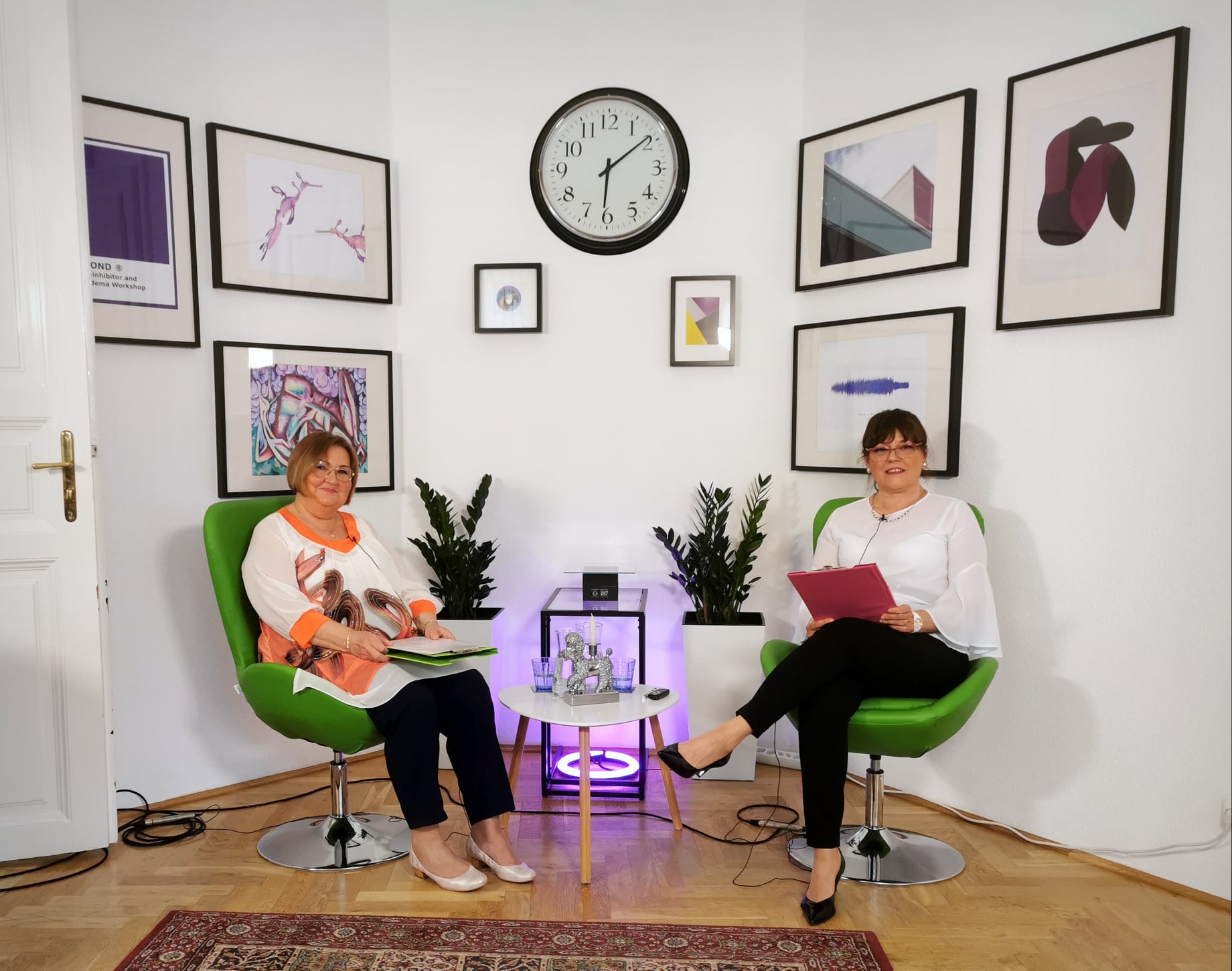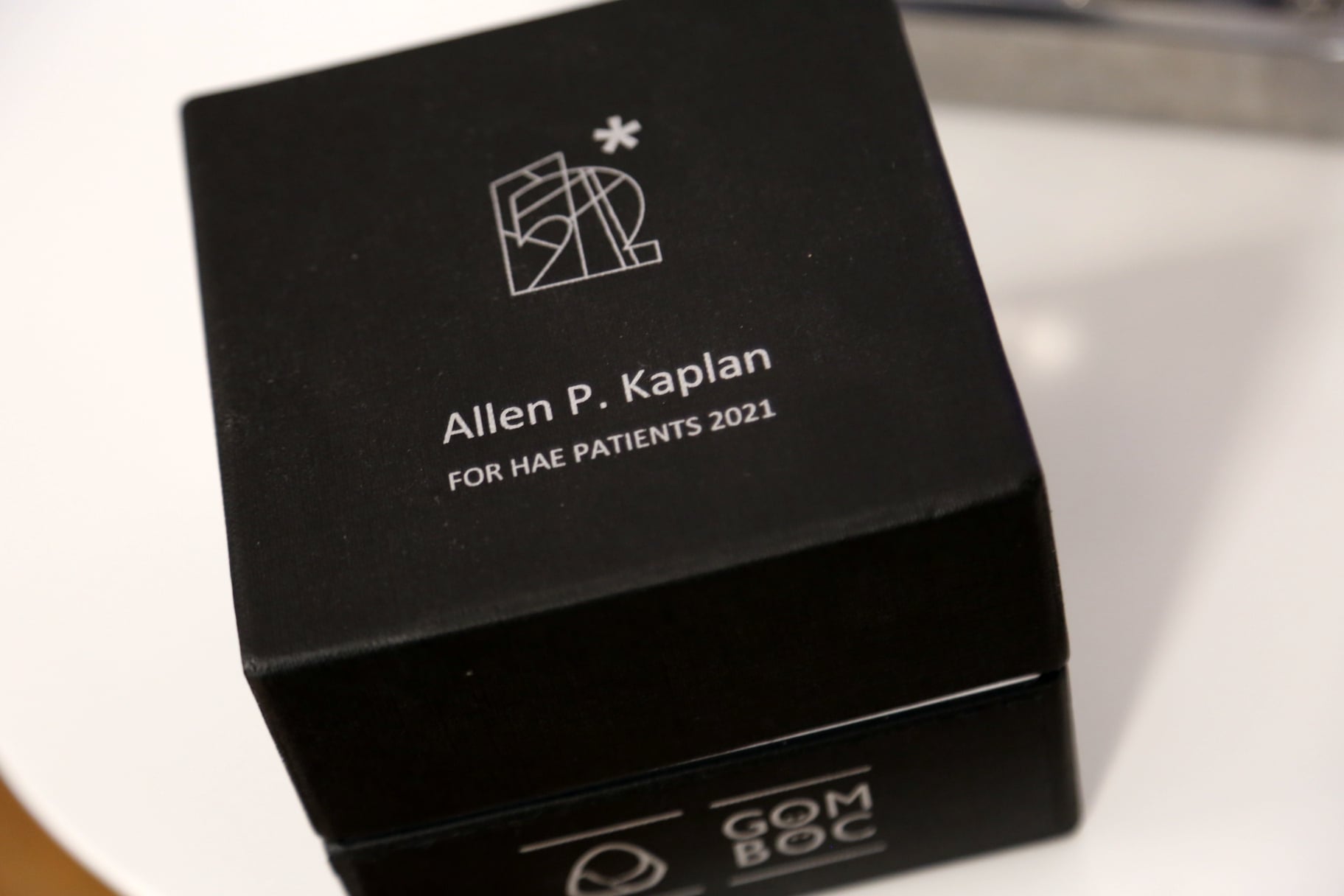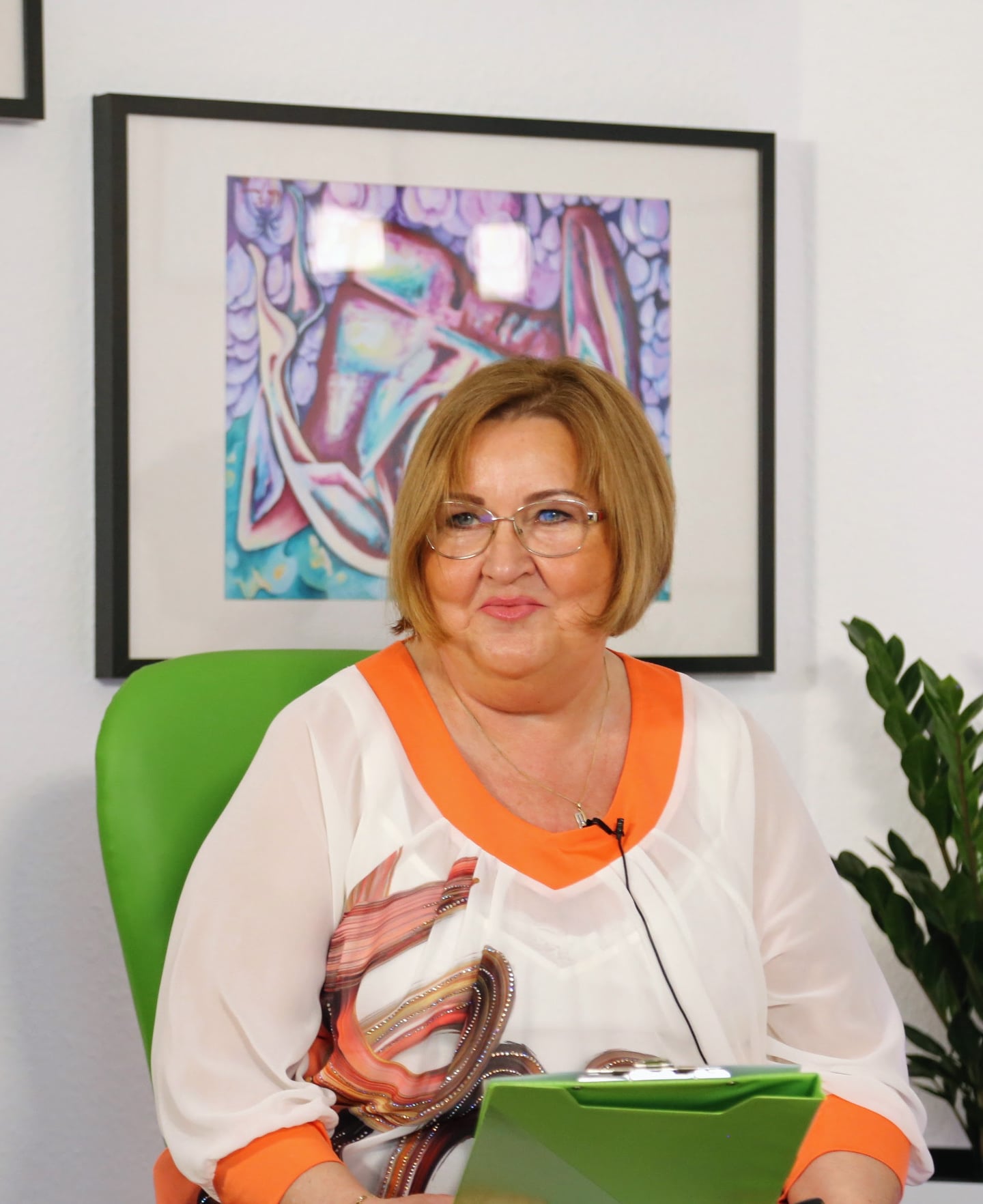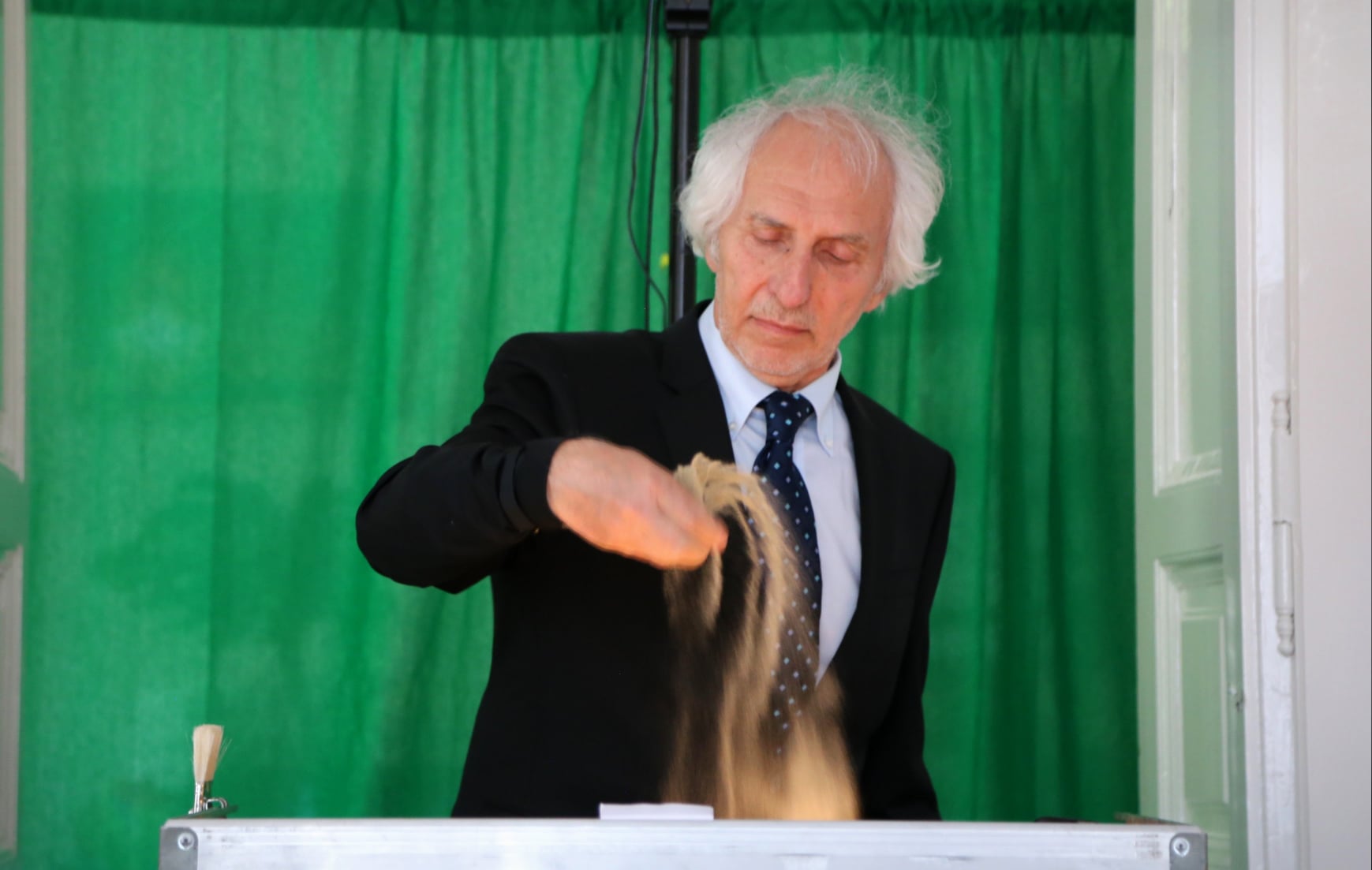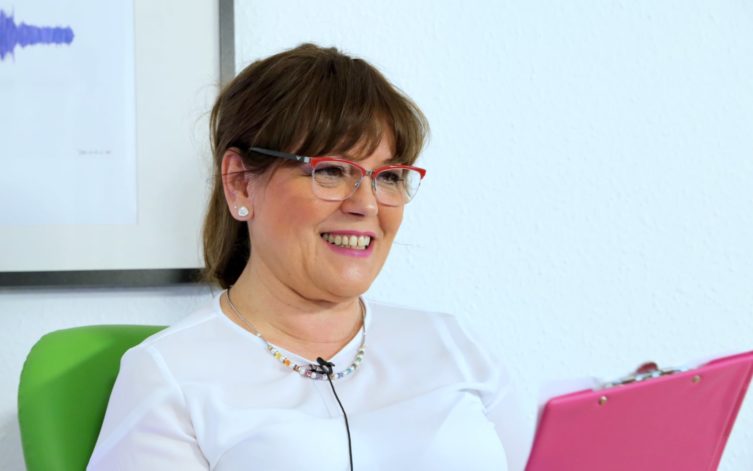 This year the workshop had a record number of participants, 438 people from 51 countries registered for the event – announced Dr. Henriette Farkas (professor of the Department of Internal Medicine and Hematology, head of the National Angioedema Reference and Excellence Center) in her opening speech. The program included 56 presentations (two poster presentations) in nine sections. Dr. Henriette Farkas added that the conference is organized in Budapest every two years since 1999. The conference was organized online due to the pandemic this year.
This year the workshop had a record number of participants, 438 people from 51 countries registered for the event – announced Dr. Henriette Farkas (professor of the Department of Internal Medicine and Hematology, head of the National Angioedema Reference and Excellence Center) in her opening speech. The program included 56 presentations (two poster presentations) in nine sections. Dr. Henriette Farkas added that the conference is organized in Budapest every two years since 1999. The conference was organized online due to the pandemic this year.
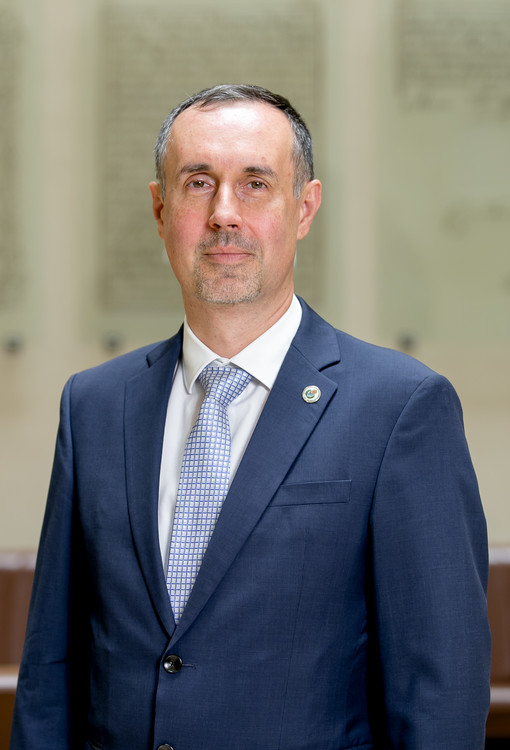 Dr. Attila Szabó (vice-rector for clinical affairs) added in his opening speech that it is an honor to have a great number of international experts, clinical researchers, young researchers and Semmelweis University students participating in this international event organized by the staff of Semmelweis University. He pointed out that Semmelweis University has become Hungary’s and the region’s leading healthcare center fighting the coronavirus. The center has been the leading institution in the areas of healthcare, research and innovation and continues scientific research in other areas.
Dr. Attila Szabó (vice-rector for clinical affairs) added in his opening speech that it is an honor to have a great number of international experts, clinical researchers, young researchers and Semmelweis University students participating in this international event organized by the staff of Semmelweis University. He pointed out that Semmelweis University has become Hungary’s and the region’s leading healthcare center fighting the coronavirus. The center has been the leading institution in the areas of healthcare, research and innovation and continues scientific research in other areas.
“The university is member of several international cooperative networks, it is an honor for me that most of the members are present today and will hold lectures”, said Dr. Attila Szabó.
“In the 21st century, the equation is the following: knowledge plus information equals power”
– pointed out Dr. Attila Szabó. This means that clinical and translational research areas will focus on improving global health and the quality of life quality. He emphasized that the current workshop is a great opportunity to do so, as it introduces this topic in a multidisciplinary way using the latest research and results.
The main topic of the conference was one of the rare diseases: hereditary and acquired angioedemas. The most widely known group is called hereditary angioedema (HAE), which is caused by a deficiency of the inhibitor protein C1. The lack of C1 protein causes an increase in bradykinin levels, which causes swelling. The swelling most commonly affects the face, arms, legs, the intestinal tract and airway. Swelling of the airway can result in its obstruction and trouble breathing, without special treatment, the swelling could even be life-threatening. The lectures aimed to introduce the following topics: latest research results and disease development of HAE, improving life quality of patients and new therapeutic procedures.
The conference featured lectures of worldwide renowned experts and professors of the area, for example: Dr. Daniel Jacobson (biologist of the Oak Ridge National Laboratory in the USA), Marcus Maurer (dermatologist and allergologist of Charité University of Medicine Berlin), Coen Haas (professor of Department of Clinical Chemistry and Hematology at Utrecht University Medical Center), François Alhenc-Gelas (director of research at INSERM in Paris); Konrad Bork (dermatologist professor of the Johannes Gutenberg University Mainz), László Cervenák (senior research fellow of the Department of Internal Medicine and Hematology at Semmelweis University). Participants had submitted 56 abstracts prior to the conference introducing the latest research results. The program included 35 lectures and 21 poster presentations. The abstracts will be published in the Frontiers in Allergy magazine. Researchers, clinicians, healthcare professionals, representatives of pharmaceutical companies and patient associations joined the four-day event from all around the world.
This year the “For HAE Patients Award” was awarded to Dr. Allen P. Kaplan, clinical professor of medicine. Dr. Kaplan held his opening scientific lecture about kininogens. Zsuzsanna Balla (PhD student of the Department of Internal Medicine and Hematology) was honored with one of the four “Young Researcher Awards”. The award recognizes young researchers under the age of 35 by giving out a scholarship of 2500 EUR.
Dr. Henriette Farkas and Dr. Lilian Varga were first to greet the participants and gave their opening speech from a studio in Budapest. This was followed by Cakó Ferenc performing a live sand animation show where he created the logo of the workshop out of sand (see thumbnail picture). During the four-day event participants could also join other shows as well (videos, virtual tour of Budapest, virtual gala dinner).
Tamás Deme
Photo: Tamás Thaler, Diamond Congress Kft; Attila Kovács – Semmelweis University (archive portrait Attila Szabó )
Translation: Norbert Lukács
